La Bretagne, Source d’inspiration – From the late 19th to the 20th century, painters from around the world visited Brittany ( La Bretagne ), located in the northwestern corner of France, and painted many works depicting this region. This exhibition features approximately 160 works from the Matsukata Collection of the National Museum of Western Art, as well as from approximately 30 museums and private collections in Japan. In addition, this is the first exhibition to focus on Japanese painters who visited Brittany around this time.
I was lucky enough to visit this excellent art exhibition during my time in Tokyo earlier this year, held at the National Museum of Western Art in Ueno. Tokyo hosts some really excellent art exhibitions especially during the late Spring/Summer period and is one of the reasons why I also try to visit during this time, on top of the great weather.
Something unique about this particular La Bretagne was that it allowed the photography of a good number of selected works, which is something of a rarity for art exhibitions held in Japan, especially those of very renowned artists. I was able to see some beautiful pieces from Alphonse Mucha, Claude Monet, Paul Sérusier and many more. I’ve included most of the pictures I took of the exhibition below –











You might also be interested in these items :




 Tokyo Spring Trip 2024 – The Magic North Art Exhibition
Tokyo Spring Trip 2024 – The Magic North Art Exhibition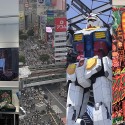 Tokyo – Spring Trip 2023
Tokyo – Spring Trip 2023 Trash! Trash! Trash! – Rockin’ Jellybean Exhibition, Tokyo Spring Trip 2023
Trash! Trash! Trash! – Rockin’ Jellybean Exhibition, Tokyo Spring Trip 2023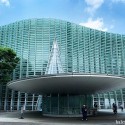 City Snapshots 2 – Tokyo Spring Trip 2023
City Snapshots 2 – Tokyo Spring Trip 2023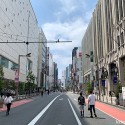 City Snapshots 1 – Tokyo Spring Trip 2023
City Snapshots 1 – Tokyo Spring Trip 2023


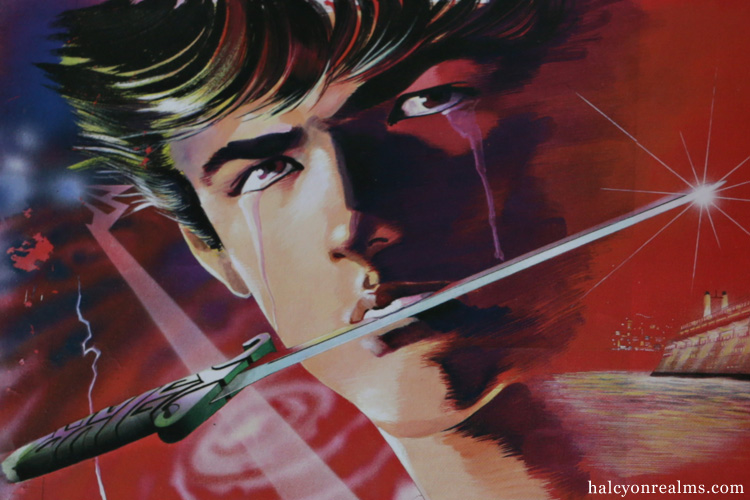
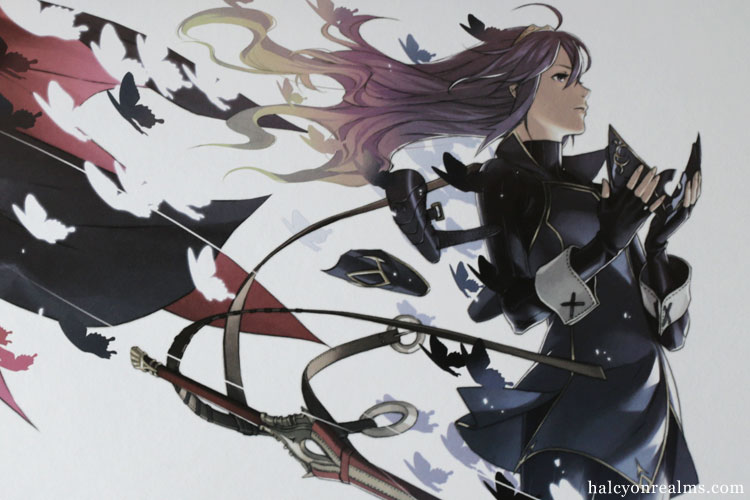
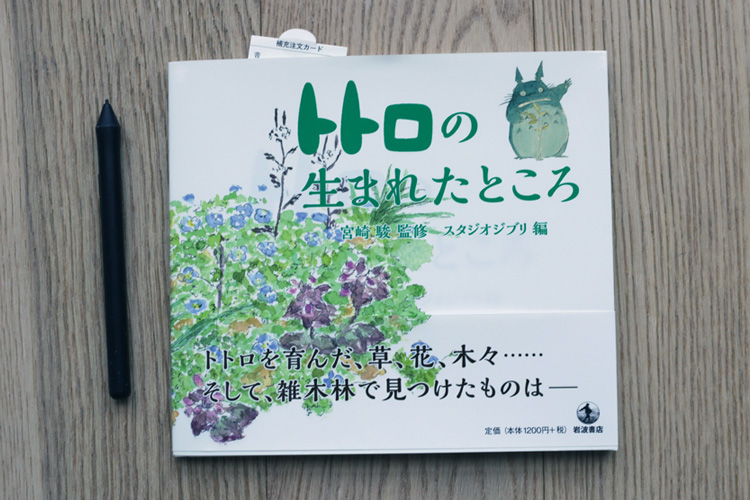
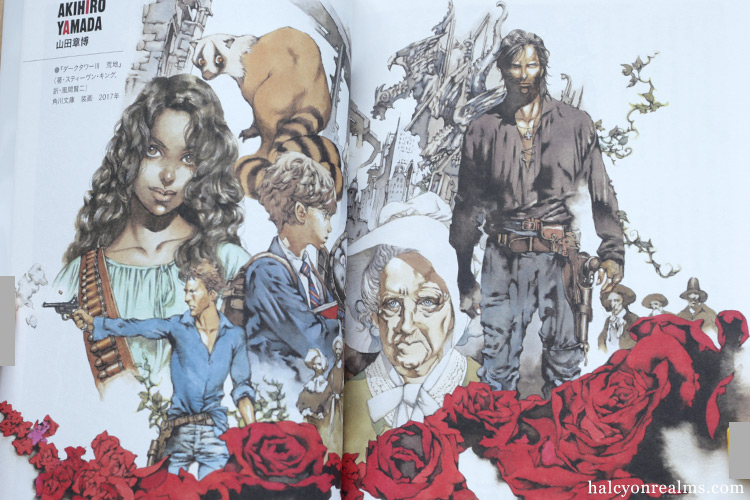
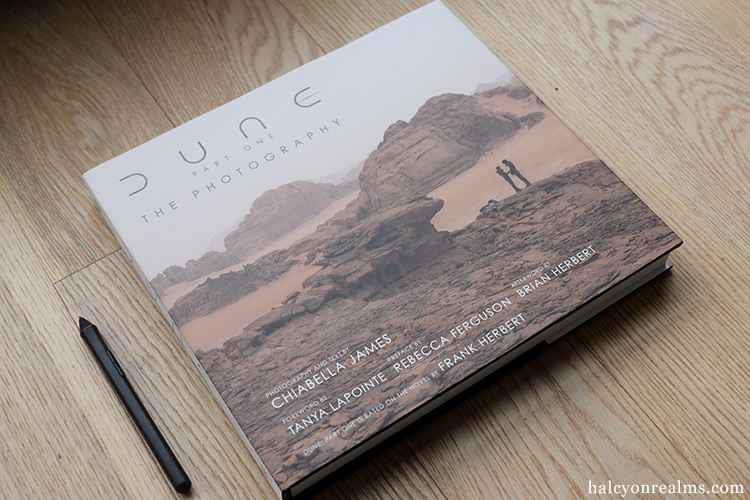
October 10th, 2023 at 9:09 pm
That makes me wish I had some petits Lu to eat right now 😀
I’m french and I’m familiar with Britany and french arts from that time, however I’m really curious to hear more about the japanese artists who visited the country and painted there.
Were those artists following western traditions and making somewhat similar art to what european painter would do? Or is there something decidedly japanese in the work they produced there?
Thanks for the blog post.
Maxime
October 12th, 2023 at 4:21 am
Maxime – Hey there, I want to eat some petits Lu as well ! If i can recall correctly when visiting the exhibition, the Japanese artists who visited Britany also painted in the prevalent styles and movements like Impressionism, but they did inject some of their own Nihonga styles in some of the pieces. I can’t remember if I took some pictures of the paintings by the Japanese artists ( they might not have been permitted ).
I’m glad you enjoyed the post !